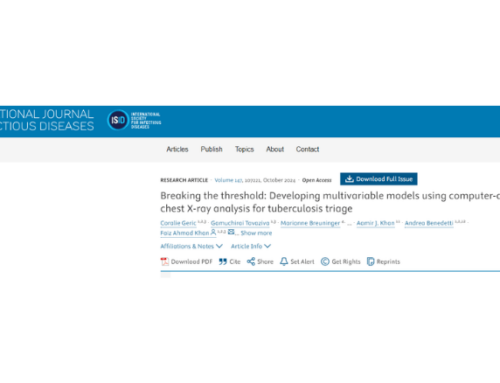A systematic review of the diagnostic accuracy of artificial intelligence-based computer programs to analyze chest X-rays for pulmonary tuberculosis
🔗2019
🔗Journal/Publication: PLOS one
🔗Read it in full version: https://doi.org/10.1371/journal.pone.0221339
Abstract
We undertook a systematic review of the diagnostic accuracy of artificial intelligence-based software for identification of radiologic abnormalities (computer-aided detection, or CAD) compatible with pulmonary tuberculosis on chest x-rays (CXRs). We searched four databases for articles published between January 2005-February 2019. We summarized data on CAD type, study design, and diagnostic accuracy. We assessed risk of bias with QUADAS-2. We included 53 of the 4712 articles reviewed: 40 focused on CAD design methods (“Development” studies) and 13 focused on evaluation of CAD (“Clinical” studies). Meta-analyses were not performed due to methodological differences. Development studies were more likely to use CXR databases with greater potential for bias as compared to Clinical studies. Areas under the receiver operating characteristic curve (median AUC [IQR]) were significantly higher: in Development studies AUC: 0.88 [0.82–0.90]) versus Clinical studies (0.75 [0.66–0.87]; p-value 0.004); and with deep-learning (0.91 [0.88–0.99]) versus machine-learning (0.82 [0.75–0.89]; p = 0.001). We conclude that CAD programs are promising, but the majority of work thus far has been on development rather than clinical evaluation. We provide concrete suggestions on what study design elements should be improved.



